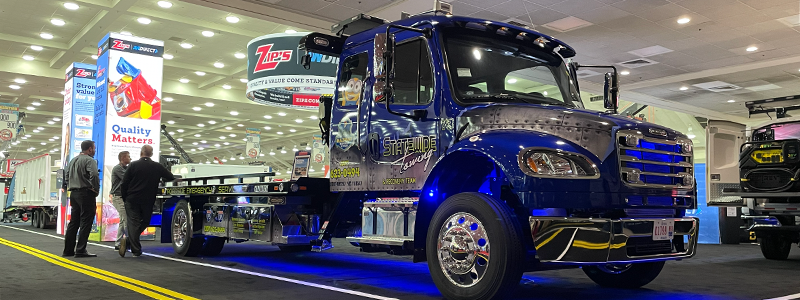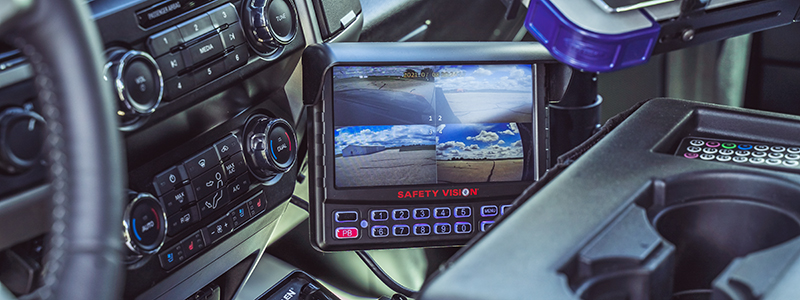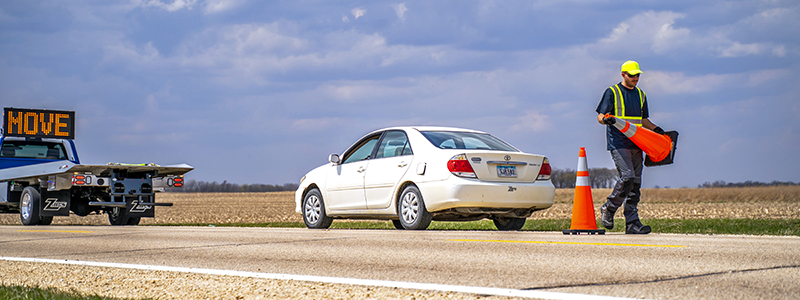Top 5 Mistakes When Buying a New Car Carrier
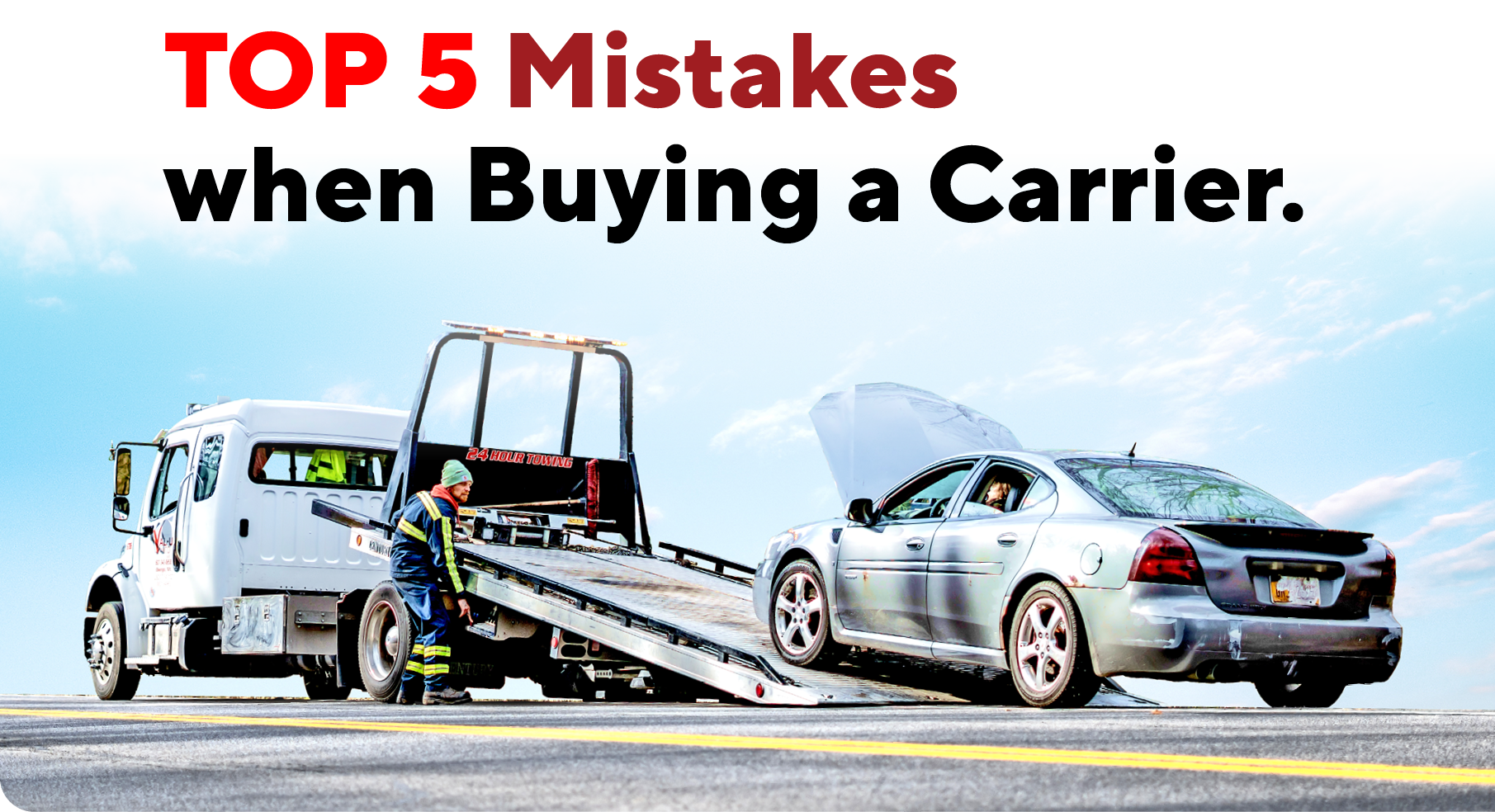
You have a lot to consider when purchasing a new car carrier for your business. Bed length, truck capacity, bed material and equipment upgrades all weigh into the decision-making process.
Whether it's your first purchase or you're looking to upgrade or expand your fleet, the equipment experts at Zip's have taken a moment here to review the Top 5 common mistakes customers overlook when buying a new rollback.
Even seasoned owners and operators can forget simple considerations. Learn from their missteps and make the right decision for your operation based on your workload, customer base, geography and climate.
Our experienced sales staff is here to help. If you have additional questions regarding a new rollback or want to learn more about the capacity rating of the one you already own, don't hesitate to reach out to us at 800-222-6047.
Let's get started now on what to consider when buying a new car carrier.
Underestimating GVWR and Payload Capacity
MISTAKE: If your carrier is routinely maxed out, you're risking DOT compliance issues, excessive wear on your truck and reduced braking and handling performance. This often happens when operators only factor in the vehicle being hauled and overlook key contributors to total weight.
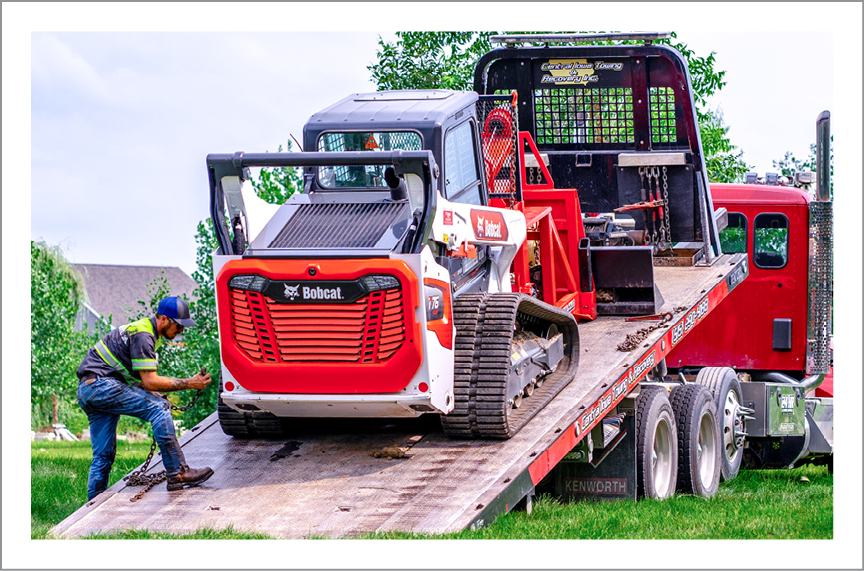
Common oversights include the weight of diesel fuel, DEF tanks, co-workers and passengers, toolboxes and rigging gear and the growing trend of heavier vehicles like EVs, AWD’s, SUVs and cargo vans. Towed loads, especially underlifted, can also transfer significant weight onto the rear axle, pushing it over its rating even when overall GVWR appears within limits. Over time, running at or near max capacity can shorten the lifespan of your truck and compromise safety.

Don’t spec your unit based solely on your average load—plan for your heaviest. Account for both payload on the bed and axle load from towed vehicles. A longer bed or strategic weight placement may help balance axle distribution. Talk with your Zip’s rep about chassis options, axle ratings and suspension upgrades if your hauls and tows run heavy day-to-day.
Choosing the Wrong Bed Length & Material
MISTAKE: Choosing the wrong bed size or material can limit the carrier’s capability and performance. Shorter beds (e.g., 19') might come at a lower upfront cost, but they restrict your ability to haul longer vehicles and negatively affect load distribution. This can lead to improper winch angles (which may drag or damage vehicles), increased risk of bottoming out low-clearance vehicles and the inability to legally or safely load extended SUVs, trucks or specialty vehicles.
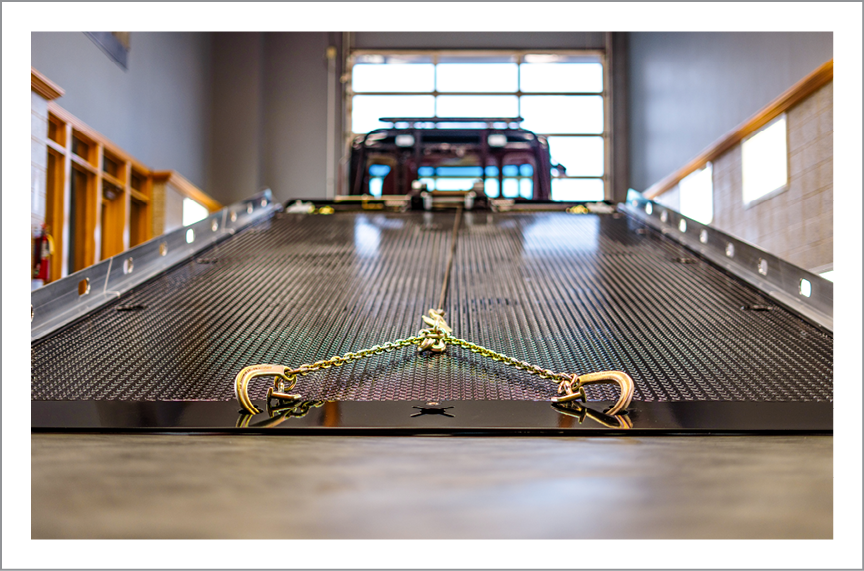
Deck material also matters. Steel offers durability but adds more weight, while aluminum is lighter and corrosion-resistant but can come at a higher cost. Choosing the wrong material for your climate or use case can lead to premature wear or unnecessary maintenance.

Think beyond today’s loads. Choose a longer bed, 21 feet or more, if you anticipate hauling extended vehicles or want more flexibility with load placement. For materials, go with aluminum for corrosion resistance and weight savings, or steel for added toughness. To extend the life of your carrier, consider upgrading to a galvanized sub-frame—especially if you operate in snowy or coastal environments where rust is a concern.
Disregarding Tilt and Load Angle Requirements
MISTAKE: If you're towing low-clearance vehicles like EVs, sports cars, or custom builds, steep load angles can lead to serious front-end damage. This often results from overlooking how bed length, carrier height or tilt mechanisms impact loading geometry. Poor load angles can also make the loading process more difficult and hazardous in tight or uneven spaces.
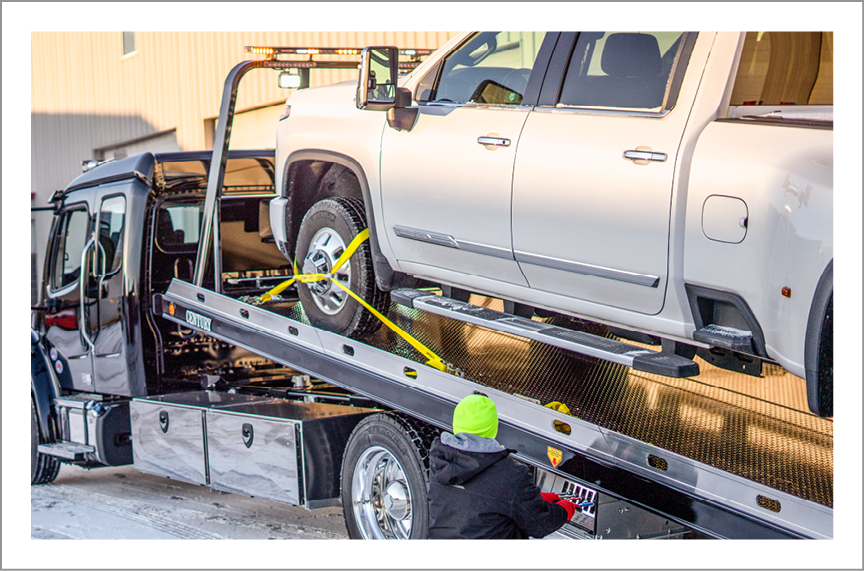

If you frequently haul low-clearance vehicles, you have several smart options to improve loading safety and efficiency. A Low Center of Gravity (LCG) carrier offers a naturally lower deck height and better load angles by design. You can also consider a dual angle bed or a right approach bed, both engineered to significantly reduce the approach angle during loading. Pair any of these with a longer bed to further minimize drag points and make the loading process safer and smoother.
Ignore Lighting and Visibility Upgrades
MISTAKE: Most standard builds only come with the minimum DOT lighting required to be road legal—and that’s it. But for real-world recovery and roadside work, especially at night or in low-visibility conditions, that’s not nearly enough. Relying on standard lights puts your operators—and your equipment—at unnecessary risk.
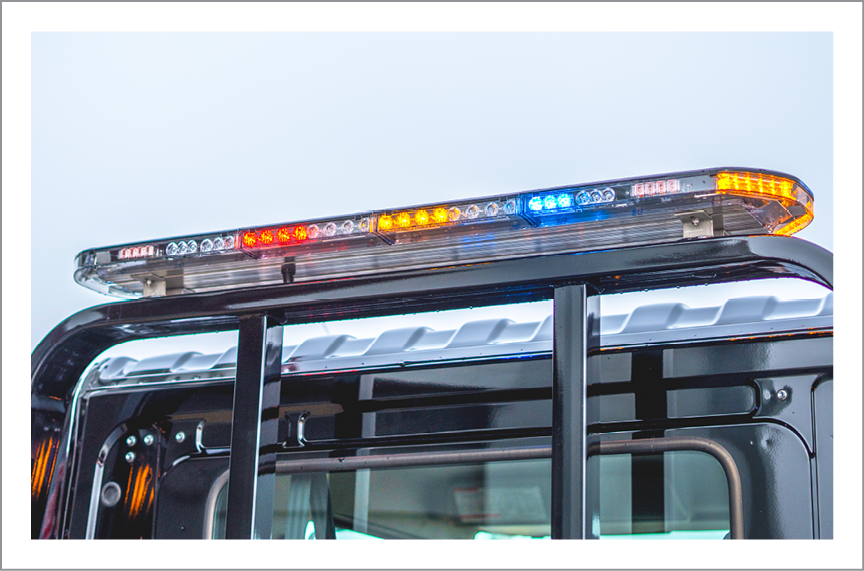

Zip’s Tip: Don’t settle for the base package. Additional safety lighting like a Traffic Commander, LED strobes and side-facing scene lights dramatically improve roadside visibility and operator safety. When added during the build, these upgrades are cleaner, better integrated and often more cost-effective than aftermarket installs.
Skipping Expert Guidance and After-Sale Support
MISTAKE: Buying a car carrier based solely on a spec sheet, online listing or price tag can lead to costly mismatches—like underpowered chassis, poor load distribution or missing safety upgrades. Worse yet, many buyers don’t consider what happens after the sale. Without strong after-sale support, you're on your own when something breaks or when your fleet needs to evolve.

Don’t go it alone. Work with a Zip’s sales rep expert who understands your region, operating style and long-term fleet goals. Our team doesn’t just sell you a truck—we support it for the life of your business. From custom spec consultations to dependable after-sale support and warranty service, we’re here to keep your fleet rolling.
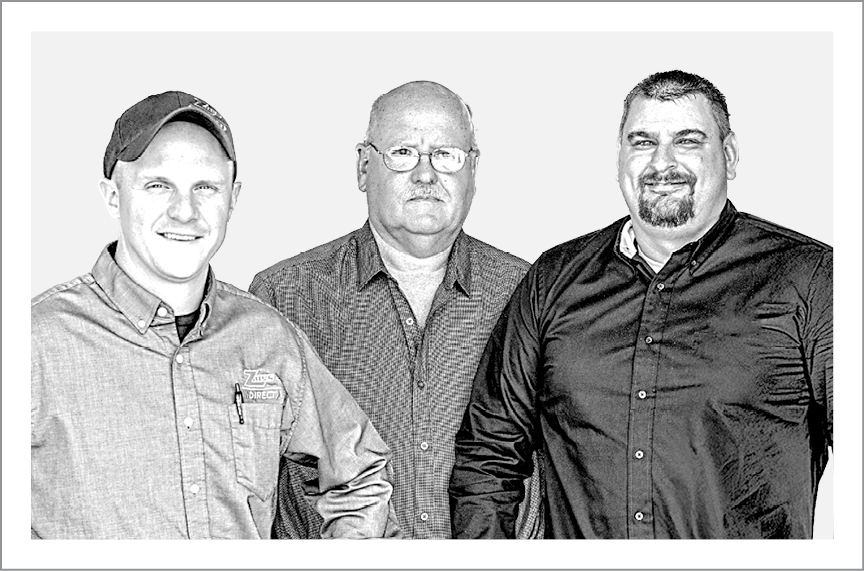


%20blog%20thumbnail.png)
